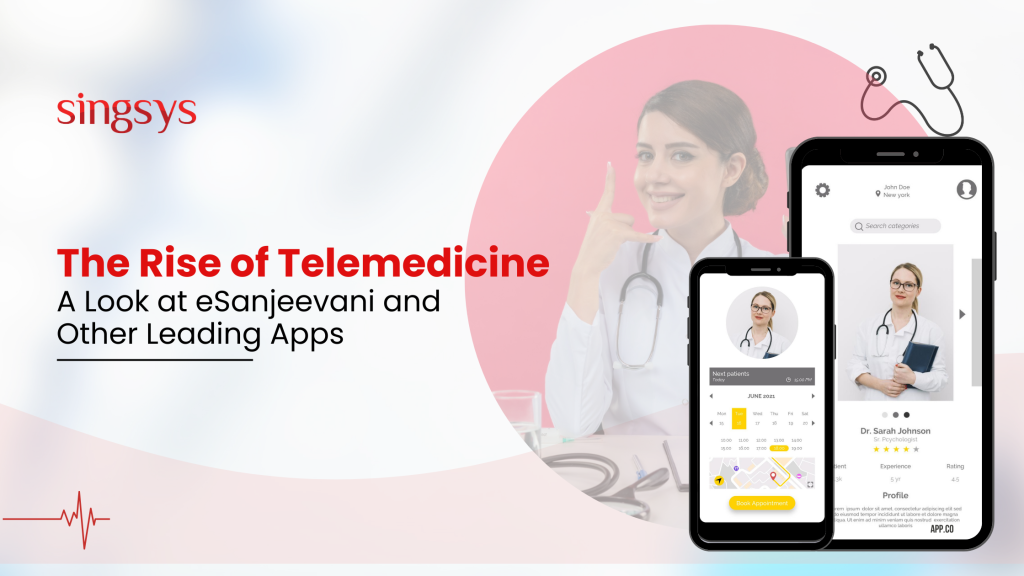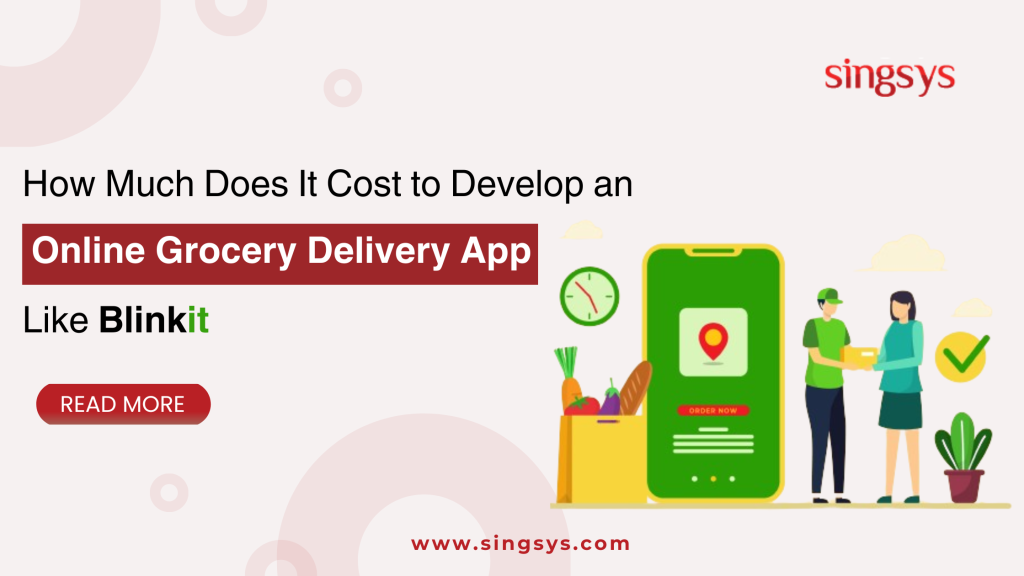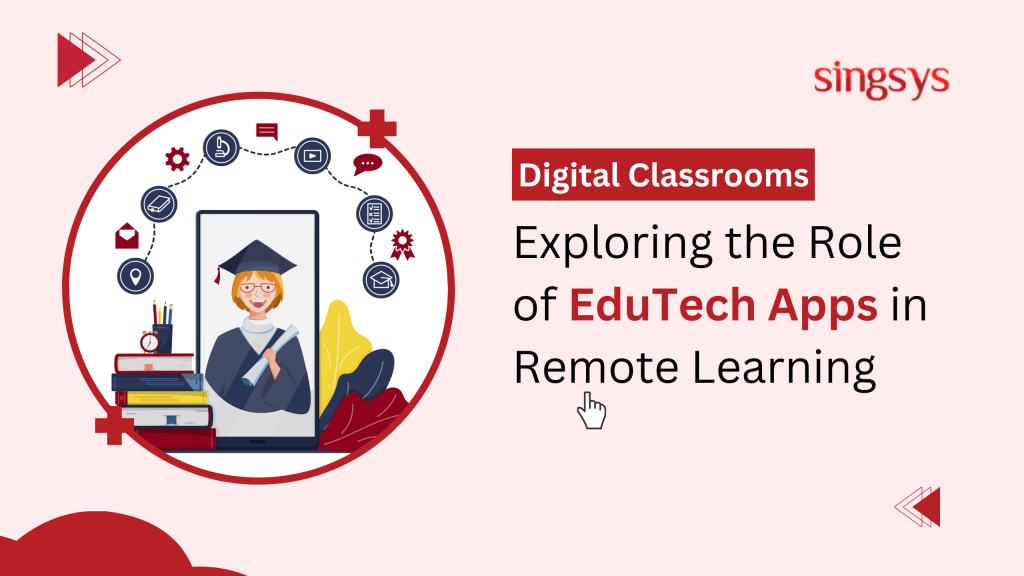
On National Doctor’s Day, let’s take a moment to appreciate the incredible advancements in healthcare, especially the game-changing rise of telemedicine. This groundbreaking innovation has transformed the way we receive medical care, making it more convenient and effective. One standout in this revolution is India’s eSanjeevani platform, which has been a trailblazer in the field.
This blog explores the exciting evolution of telemedicine, highlighting the impact of eSanjeevani and other top apps, and provides valuable insights into how patients can easily connect with doctors through these platforms.
(more…)Jun 25th, 2024

Over the years, educational technology has undergone a significant transformation. From traditional classroom settings to the advent of online learning platforms, the landscape of education continues to evolve.
One of the most notable advancements in recent times is the use of mobile apps as educational tools. These apps are not just supplementary resources but are becoming integral to the learning experience.
This blog post aims to explore the potential of mobile apps in revolutionising education and whether they indeed represent the future of learning on the go.
(more…)
Have you ever considered how convenient it would be to order groceries online and deliver them to your doorstep? This has become more popular, especially after the COVID-19 pandemic. People have grown accustomed to the ease of ordering groceries from the comfort of their homes and receiving them within a short timeframe.
Blinkit has revolutionised the instant delivery space by offering a hyper-local approach that gets groceries to customers in a matter of minutes. It’s impressive, right? However, if you are thinking about developing an app like Blinkit, one crucial question arises: How much does it cost to develop an app like Blinkit?
(more…)
One of the most significant developments in recent years has been the rise of political campaign management apps. These digital tools have revolutionised the way campaigns are run, offering candidates and their teams unprecedented capabilities to engage with voters, manage logistics, and analyse data.
In this blog post, we will delve into the evolution of political campaigning in the digital age, explore the features and functions of campaign management apps, examine their benefits and challenges, and speculate on the future of political campaign tech.
(more…)
The rise of remote learning has challenged educators to find new ways to keep students engaged and motivated in a virtual environment. Traditional textbooks and lectures just don’t cut it anymore. This is where digital classrooms and EduTech apps come in, offering a dynamic and interactive approach to learning.
EdTech stands for educational technology, which refers to using technology to facilitate learning. EduTech apps are software applications specifically designed to enhance the educational experience. These apps offer numerous benefits, including:
(more…)